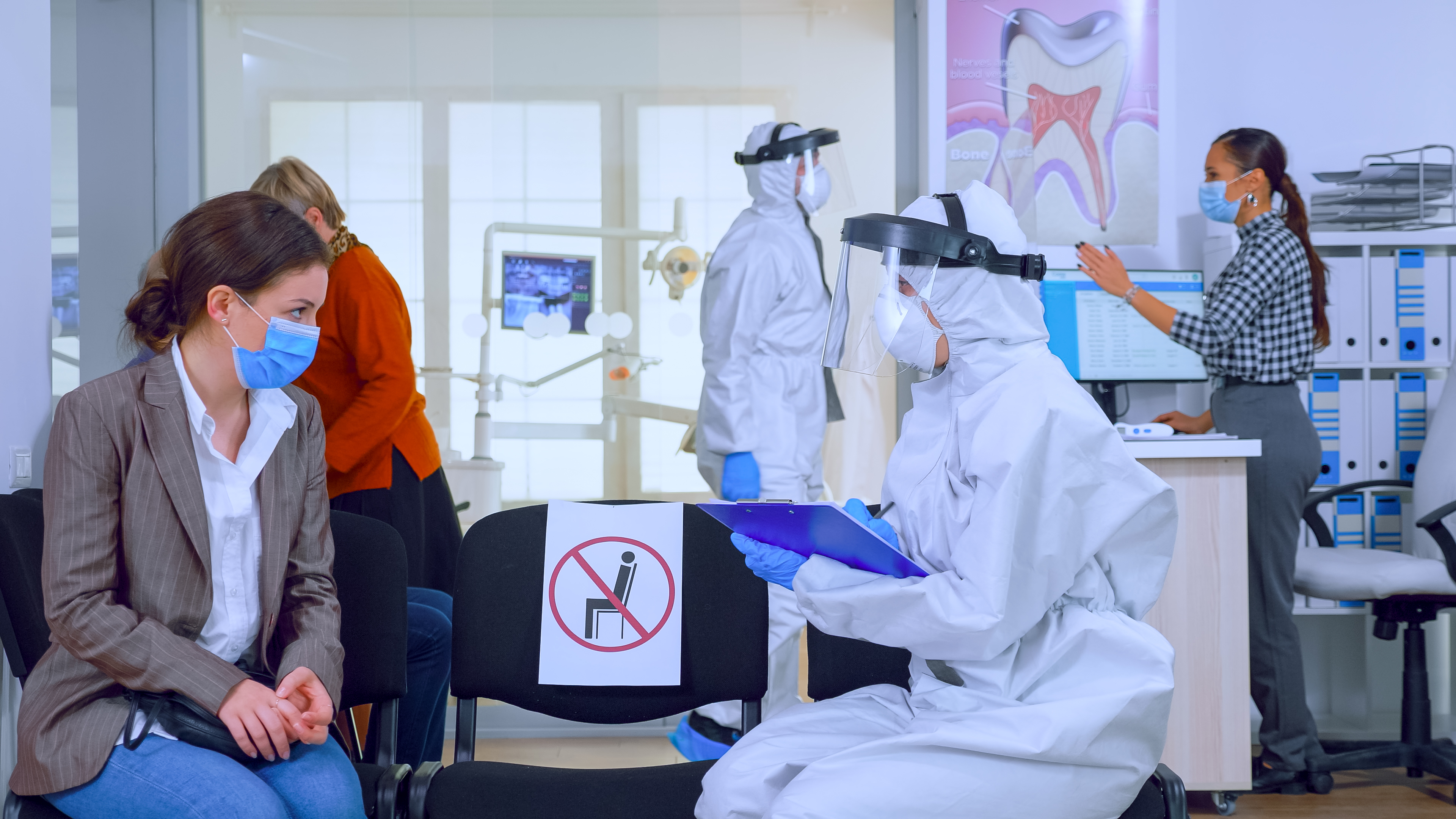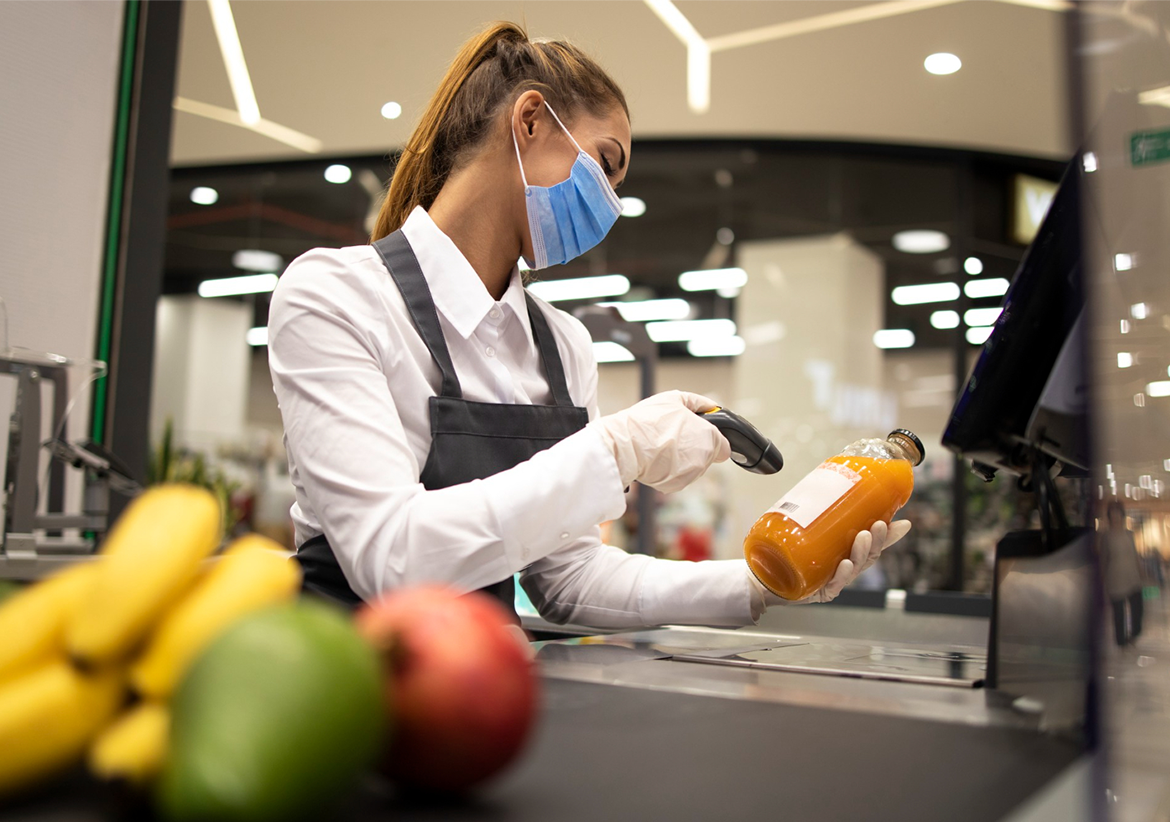Knowing About Infection Control
We will examine the fundamentals of infections and their transmission in this subject. Find more about common infections and how crucial infection control strategies are to stopping their spread. Effective infection control procedures are predicated on an understanding of infections.
Keeping your hands clean is your first line of defence.
Gain an understanding of the effectiveness of hand cleanliness in preventing illnesses. Learn about strategies that are not only simple to use but also effective for washing and disinfecting your hands. Your ability to prevent the transmission of infections in public areas is directly proportional to your awareness of the significance of proper hand hygiene.
Environment that is both hygienic and sanitary
Investigate the part that a clean and sanitary environment plays in the prevention and control of infections. For the purpose of preventing the spread of harmful germs across your surroundings, from surfaces to equipment, we will discuss some helpful tips. In order to have effective infection control techniques, the environment must be clean.
Personal Protective Equipment (PPE)
Find out which personal protection equipment (PPE) is appropriate for what situations. Knowing how to use and discard PPE—from masks to gloves—properly is essential to control . Arm yourself with the knowledge you need to prevent infectious diseases in both yourself and other people.
Severing the Infection Chain
Examine the idea of the infection chain and how to break it. Examine methods for halting the spread of infections from one individual to another. Knowing the infection chain gives you the ability to put specific infection control measures in place.
Lessons
Brief Description of the Course “Infection Control”
Module 1: The Course Structure
Module 2: Infection Prevention and Control
Module 3: The Different Microorganisms
Module 4: How Bacteria are Transmitted?
Module 5: The Chain of Infection
Module 6: The Control and Prevention of Infection
Module 7: Cleaning and Decontamination




